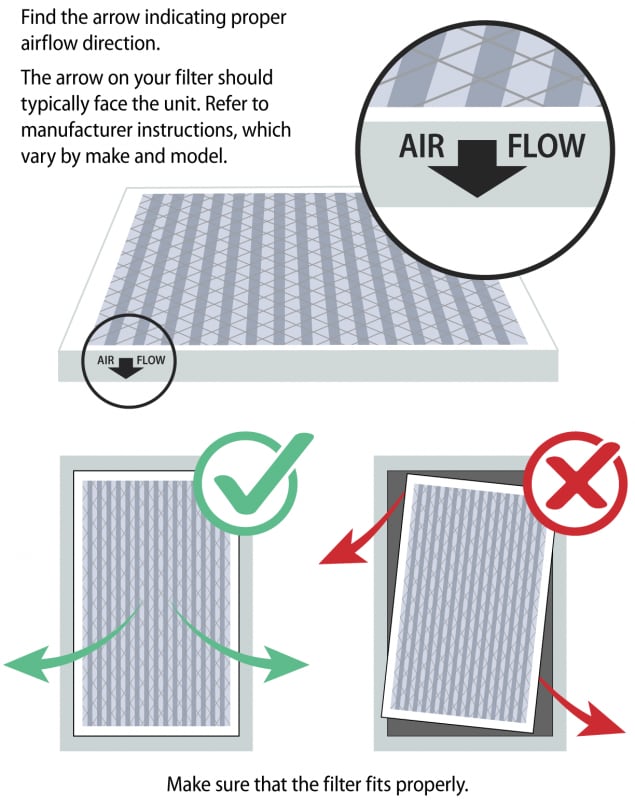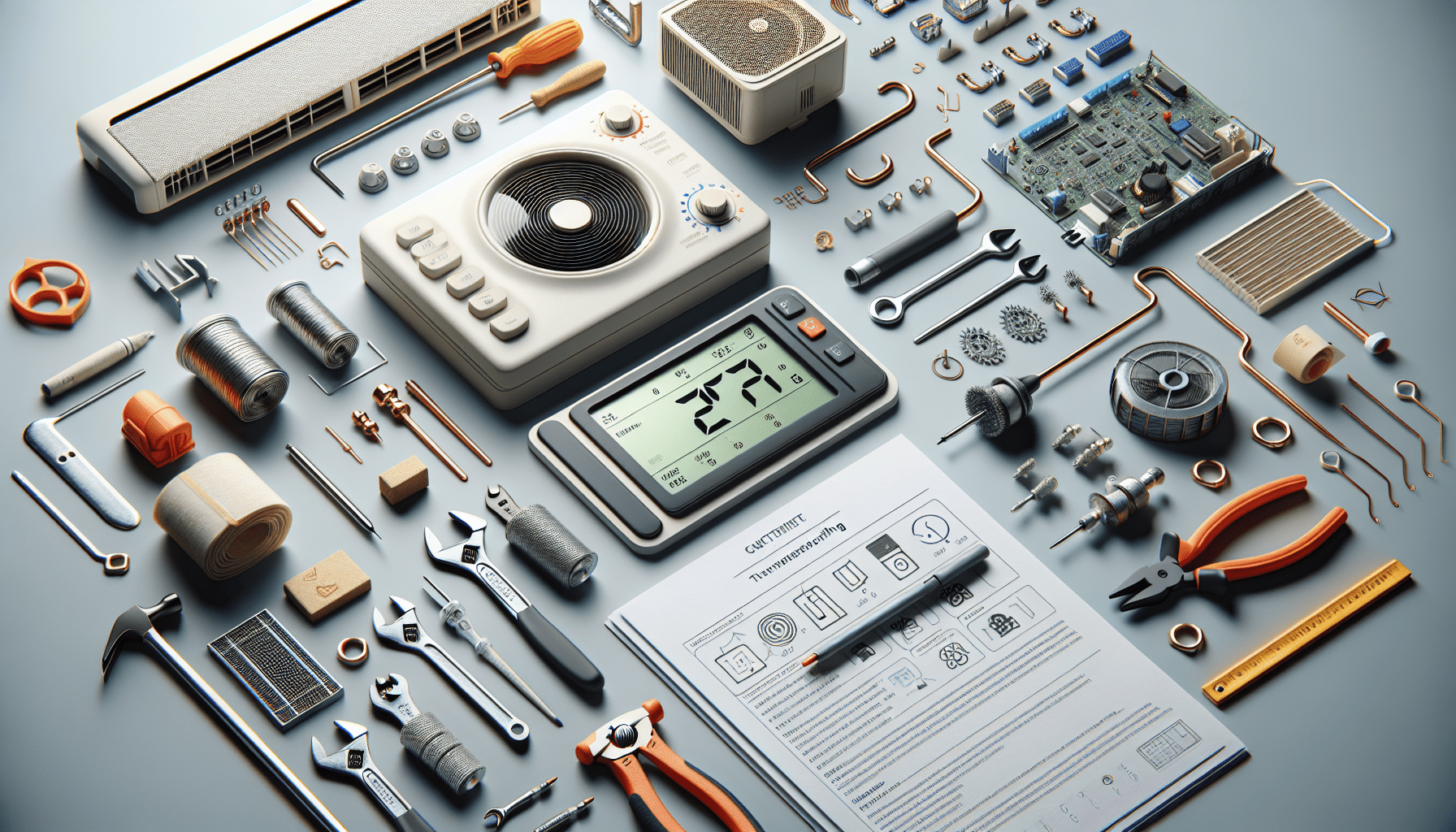Are you tired of spending a fortune on your air conditioning bill? Look no further! In this article, we will share some simple yet effective tips and tricks on how to save money on your air conditioning bill. From adjusting your thermostat settings to maximizing your home’s insulation, you’ll discover easy ways to stay cool without breaking the bank. So, get ready to chill out and keep your finances in check with these savvy strategies!
Opting for Energy Efficient AC Units
When it’s time to replace your air conditioning unit, it’s worth considering investing in an energy efficient model. Energy efficient AC units are designed to use less electricity without compromising on performance. They help reduce your energy consumption and lower your utility bills, saving you money in the long run. Look for units that are Energy Star certified, as they meet the strict energy efficiency guidelines set by the Environmental Protection Agency.
Additionally, take advantage of government rebates available for energy efficient units. Many governments offer incentives to encourage homeowners to switch to more eco-friendly appliances. These rebates can significantly offset the cost of purchasing a new energy efficient air conditioner, making it an even more attractive option.
To ensure you choose the most energy efficient unit, pay attention to the Energy Efficiency Ratio (EER) and Seasonal Energy Efficiency Ratio (SEER) ratings. The EER measures how well the unit performs at a specific temperature, while the SEER accounts for fluctuations in temperatures throughout the year. Aim for a high EER and SEER rating, as this indicates a more efficient AC unit.
Regular AC Maintenance
Proper maintenance is crucial for the optimal functioning of your air conditioner and can help you save on your energy bill. Clean or replace your air filters regularly to ensure good airflow and remove dust and debris that can impede efficiency. Clogged filters not only reduce the effectiveness of your AC, but they also force the unit to work harder, consuming more energy.
Avoid overburdening your air conditioner by making sure the vents and registers are not blocked by furniture or other objects. Good airflow is essential for efficient cooling. Additionally, consider scheduling regular professional maintenance for your AC unit. A professional technician can inspect and tune up your system, identifying any issues that might affect its efficiency.
It’s also important to look for potential leaks in your system. Leaks can waste a significant amount of energy and reduce the effectiveness of your air conditioner. Inspect your air ducts and connections for any signs of leakage or gaps. Sealing these leaks can improve your AC efficiency and reduce energy consumption.

Temperature Settings
Optimizing your temperature settings can have a major impact on your energy usage and cooling costs. Invest in a programmable thermostat that allows you to set different temperatures for different times of the day. This way, you can adjust the temperature to be higher when you’re away from home or sleeping and lower when you need cooling the most.
Avoid drastic temperature adjustments, as they force your air conditioner to work harder and consume more energy. Instead, try gradually adjusting the thermostat by a few degrees, allowing your body to adapt to the changes. You may find that a slightly higher indoor temperature is still comfortable and can result in significant energy savings.
When you’re away from home for an extended period, consider setting your thermostat to a higher temperature or using the “away” mode. This reduces the workload on your air conditioner and cuts down on energy consumption. Forgetting to adjust the temperature manually is no longer a concern if you have a programmable thermostat.
Room Insulation
Improving the insulation of your home is an effective way to enhance energy efficiency and reduce the workload on your air conditioner. Well-insulated homes keep the cool air inside during summer and prevent hot air from entering, reducing the need for excessive air conditioning.
Start by ensuring your home is properly insulated. Check for any gaps or cracks in your walls, ceilings, and floors, and seal them with caulk or insulation foam. Inspecting your windows and doors for leaks is also crucial. Weatherstripping and adding draft guards can help prevent cool air from escaping and hot air from entering.
Consider upgrading to double pane windows if you have single pane ones. Double pane windows offer better insulation against heat transfer and help maintain a consistent indoor temperature. They also reduce noise and UV radiation, providing additional benefits beyond energy efficiency.

Window Solutions
Windows play a significant role in the amount of heat that enters your home. By using shades, blinds, or curtains, you can block out sunlight and prevent it from heating up your space. Choose window coverings with light-colored or reflective materials, as they can reflect heat away and keep your rooms cooler.
Consider installing energy efficient windows if you’re planning to replace them. These windows are designed to minimize heat transfer, keeping your home cooler in the summer and warmer in the winter. Energy efficient windows often have multiple layers of glass with low-emissivity coatings, which reduce the amount of heat passing through.
To further prevent sunlight from heating up your rooms, consider outdoor shading solutions such as awnings or pergolas. These structures can block direct sunlight from entering your home, reducing the need for excessive air conditioning. You can also use landscaping elements like trees or tall shrubs strategically positioned near windows to provide shade.
Strategic Use of Fans
Fans are a cost-effective way to increase comfort and reduce the load on your air conditioner. Ceiling or box fans can circulate the air in a room, making it feel cooler even at a slightly higher temperature setting. When using fans together with your air conditioner, you can set your thermostat a few degrees higher and still maintain a comfortable environment.
The use of fans can also enable you to try a technique called “night cooling.” During cooler nighttime hours, open your windows and use fans to bring in the fresh outdoor air. This natural ventilation can effectively cool down your home without relying solely on the air conditioner. It’s a great way to give your AC a break and save on energy costs.
Smart AC Plug
Smart technology offers convenient ways to control and optimize your air conditioning usage. By using a smart AC plug, you can remotely control your AC unit through your smartphone, allowing you to turn it on or off even when you’re not at home. This feature can be particularly useful if you forget to adjust the temperature or if you want to cool the house down before you arrive.
Take advantage of the scheduling feature available in many smart plugs. You can set specific times for your AC to turn on and off automatically, ensuring that it operates only when necessary. This method eliminates the need for manual adjustments and helps optimize your energy usage.
Consider smart plugs that come with temperature sensors. These sensors can monitor the temperature in your home, allowing you to set specific temperature thresholds that trigger the AC to turn on or off. By ensuring that your air conditioner only operates when needed, you can reduce energy waste and save money on your cooling costs.
Using Plants for Cooling
Harnessing the power of nature can contribute to a cooler and more energy efficient home. Positioning outdoor plants strategically around your home can block sunlight, reducing the amount of heat that enters your living spaces. Large shade trees and shrubs can create natural shade and help keep your home cool.
Indoor plants can also play a part in natural cooling. Plants release moisture through a process called transpiration, which can help lower the temperature in a room. Additionally, their foliage can provide a soothing visual effect and contribute to a healthier indoor environment.
Consider implementing more substantial green solutions such as green roofs or walls. Green roofs involve covering your roof with vegetation, providing insulation, reducing heat absorption, and helping to lower indoor temperatures. Green walls, on the other hand, are vertical gardens that can help regulate temperatures and improve air quality.
Energy Audit
For a comprehensive understanding of your home’s energy consumption, consider hiring a professional to conduct an energy audit. An energy audit involves a thorough inspection of your home’s energy use, identifying areas of inefficiency and suggesting measures to improve energy savings.
Based on the audit findings, you can implement recommended energy-saving measures. This may include upgrading insulation, sealing air leaks, or replacing inefficient appliances and lighting with energy-efficient alternatives. Implementing these measures can significantly reduce your energy consumption, including your air conditioning usage.
Understanding how your home consumes energy is essential for making informed decisions and prioritizing energy-saving actions. By identifying areas of improvement and taking steps to address them, you can enhance energy efficiency, reduce your environmental impact, and save money on your air conditioning bill.
Living Habits
Apart from optimizing your cooling systems, your everyday living habits can also contribute to energy savings. Minimize the use of heat generating appliances, such as ovens and stoves, during the hottest parts of the day. Instead, opt for alternative methods of cooking, such as grilling outdoors or using a microwave.
Keep doors and windows closed when your air conditioner is running. Opening them allows cool air to escape and hot air to enter, making your AC work harder to maintain the desired temperature. By sealing off your living spaces properly, you can maximize the efficiency of your air conditioner and reduce cooling costs.
Lastly, adapt to a slightly higher indoor temperature. Gradually increasing the set temperature by a few degrees can make a noticeable difference in your energy consumption. Over time, your body will adjust to the new temperature, and you’ll find that a slightly higher setting is still comfortable. Embracing a slightly warmer indoor environment can lead to significant energy and cost savings.
By incorporating these energy-saving tips into your lifestyle, you can reduce your air conditioning bill without sacrificing comfort. Opt for energy efficient AC units, regularly maintain your system, optimize temperature settings, improve insulation and window solutions, strategically use fans, utilize smart technology, harness the power of plants, conduct an energy audit, and adopt energy-conscious living habits. With these practices in place, you’ll not only save money but also contribute to a more sustainable and environmentally friendly future.





